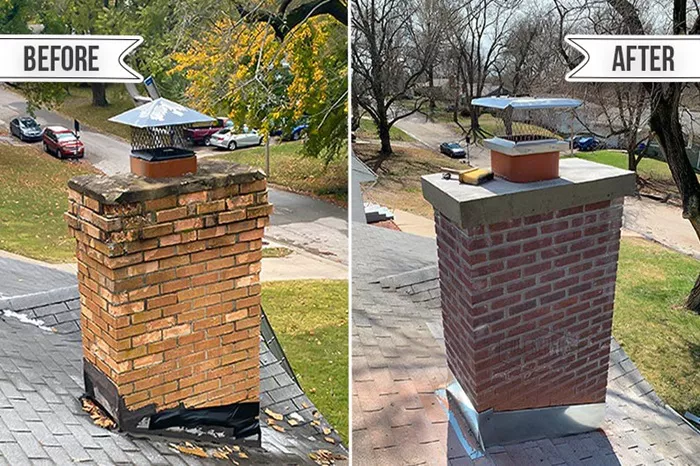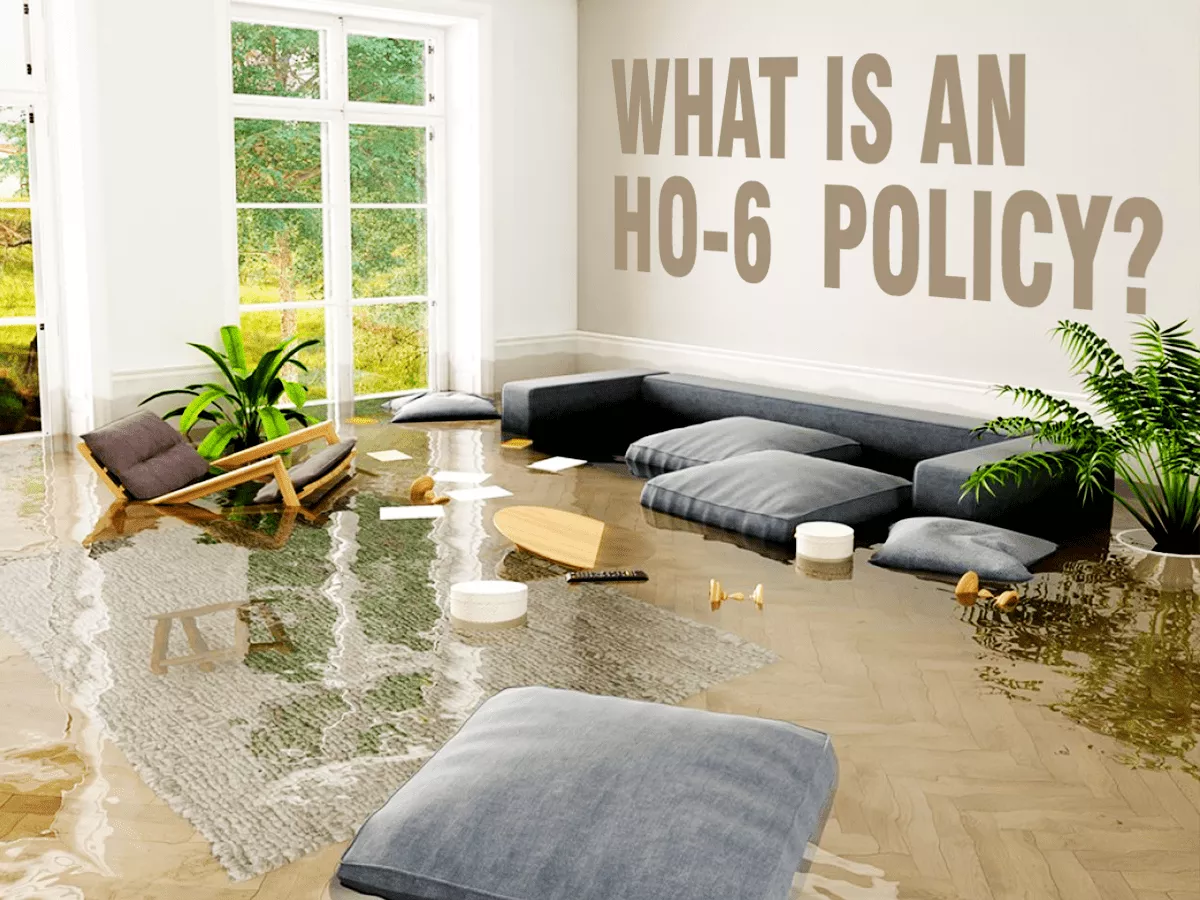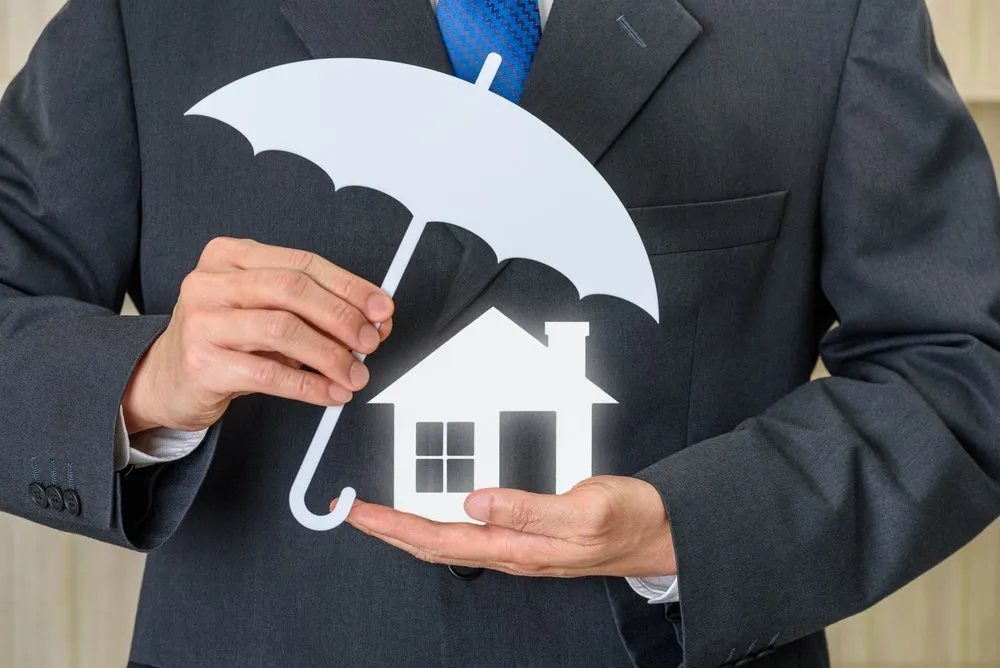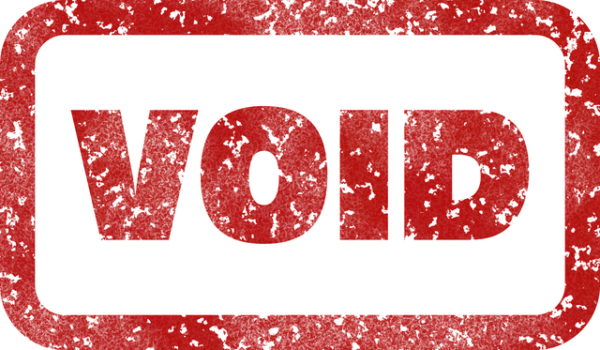Owning a home is a significant investment, and protecting that investment is essential. One crucial aspect of home protection is homeowners insurance, which offers a safety net against various risks and damages. However, homeowners often wonder about specific coverage details, such as whether homeowners insurance will cover a cracked chimney liner. This article aims to provide a comprehensive understanding of the relationship between homeowners insurance and cracked chimney liners, helping homeowners navigate their policies with confidence.
The Basics of Homeowners Insurance
Homeowners insurance is a type of property insurance that provides financial protection to homeowners in the event of damage to their property or liability for accidents that occur on their property. A standard homeowners insurance policy typically covers four main areas:
Dwelling Coverage: This covers the physical structure of the home, including the roof, walls, floors, and built-in appliances.
Other Structures Coverage: This includes detached structures like garages, sheds, and fences.
Personal Property Coverage: This covers personal belongings such as furniture, clothing, and electronics.
Liability Coverage: This provides protection if someone is injured on the property and the homeowner is found legally responsible.
Each of these coverages has its own limits and exclusions, and it’s essential for homeowners to understand the specifics of their policy.
Understanding Chimney Liners
Before delving into insurance coverage, it’s important to understand what a chimney liner is and why it matters.
A chimney liner is a crucial component of a chimney system. It is a conduit, usually made of clay, ceramic, or metal, that is installed inside a chimney. The primary functions of a chimney liner include:
Protecting the chimney walls from heat and corrosion caused by combustion byproducts.
Preventing the transfer of heat to combustible materials surrounding the chimney.
Improving the efficiency and safety of the fireplace or heating appliance.
A damaged or cracked chimney liner can pose serious risks, including:
Increased risk of chimney fires due to the accumulation of flammable creosote.
Potential carbon monoxide poisoning if toxic gases are not properly vented out of the home.
Structural damage to the chimney and surrounding areas.
Causes of Cracked Chimney Liners
Cracks in chimney liners can occur due to a variety of reasons, including:
Age and Wear: Over time, chimney liners can deteriorate due to continuous exposure to high temperatures and corrosive byproducts of combustion.
Thermal Stress: Rapid heating and cooling cycles can cause liners to expand and contract, leading to cracks.
Moisture Infiltration: Water can seep into the chimney and freeze during cold weather, causing cracks in the liner.
Chimney Fires: High temperatures from a chimney fire can cause significant damage to the liner.
Improper Installation: Poor installation practices can lead to weak spots and cracks in the liner.
Understanding the cause of the crack is essential for determining whether the damage is covered by homeowners insurance.
Homeowners Insurance and Chimney Liner Coverage
The coverage for a cracked chimney liner under a homeowners insurance policy depends on several factors, including the cause of the damage, the specifics of the policy, and the insurer’s guidelines.
Perils Covered by Homeowners Insurance
Homeowners insurance policies typically cover damage caused by specific perils, such as:
Fire
Lightning
Windstorms
Hail
Explosions
Vandalism
If the cracked chimney liner is a direct result of one of these covered perils, the damage is likely to be covered by the homeowners insurance policy. For example, if a chimney fire causes the liner to crack, the damage would typically be covered because fire is a named peril in most policies.
See Also: What Happens if You Don’t Have Homeowners Insurance
Exclusions and Limitations
However, there are several exclusions and limitations that homeowners should be aware of:
Wear and Tear: Damage due to normal wear and tear or age is generally not covered by homeowners insurance. If the crack in the chimney liner is due to natural deterioration over time, the homeowner will likely be responsible for the repair costs.
Maintenance Neglect: Homeowners are expected to maintain their property. Damage resulting from neglect or lack of maintenance is typically excluded from coverage. If the insurance company determines that the crack occurred because the chimney was not properly maintained, they may deny the claim.
Pre-Existing Damage: If the crack in the chimney liner existed before the policy was in effect, it is unlikely to be covered.
Additional Coverage Options
Homeowners who want more comprehensive protection for their chimney liners may consider additional coverage options:
Endorsements/Riders: Some insurance companies offer endorsements or riders that can be added to a standard policy to provide additional coverage for specific risks, including chimney liner damage.
Home Warranty Plans: While not insurance, home warranty plans can cover the repair or replacement of certain home systems and appliances, including chimneys and liners.
Filing a Claim for a Cracked Chimney Liner
If a homeowner believes that their cracked chimney liner is covered by their homeowners insurance, they should follow these steps to file a claim:
Document the Damage: Take clear photographs of the cracked chimney liner and any related damage. Keep records of any maintenance or repairs performed on the chimney.
Review the Policy: Carefully review the homeowners insurance policy to understand the coverage, exclusions, and claim procedures.
Contact the Insurance Company: Notify the insurance company of the damage as soon as possible. Provide all necessary documentation and information to support the claim.
Schedule an Inspection: The insurance company may send an adjuster to inspect the damage and assess the cause. Be prepared to answer any questions and provide additional documentation if needed.
Get Repair Estimates: Obtain estimates from qualified contractors for repairing the cracked chimney liner. Submit these estimates to the insurance company for approval.
Follow Up: Stay in contact with the insurance company throughout the claims process. Keep records of all communications and follow up as needed to ensure the claim is processed in a timely manner.
Preventing Chimney Liner Damage
Preventive maintenance can help homeowners avoid the hassle and expense of dealing with a cracked chimney liner. Here are some tips for maintaining a chimney liner:
Regular Inspections: Have the chimney inspected by a certified chimney professional at least once a year. Inspections can identify early signs of damage and allow for timely repairs.
Chimney Cleaning: Regularly clean the chimney to remove creosote buildup and other debris that can cause damage. This is especially important for wood-burning fireplaces.
Proper Use: Follow manufacturer guidelines for using fireplaces and heating appliances. Avoid overloading the firebox and using improper fuels.
Waterproofing: Consider applying a waterproof sealant to the exterior of the chimney to prevent moisture infiltration.
Prompt Repairs: Address any damage or issues with the chimney liner as soon as they are identified. Delaying repairs can lead to more extensive damage and higher repair costs.
Conclusion
Understanding whether homeowners insurance covers a cracked chimney liner requires a thorough review of the policy and the specific circumstances of the damage. While coverage may be available for damage caused by covered perils, homeowners should be aware of exclusions and limitations related to wear and tear, maintenance neglect, and pre-existing conditions.
By taking proactive steps to maintain their chimney liners and understanding their insurance coverage, homeowners can protect their investment and ensure the safety and efficiency of their chimney systems. Regular inspections, proper use, and timely repairs are essential for preventing damage and avoiding costly repairs in the long run. For those seeking additional protection, exploring endorsements, riders, and home warranty plans can provide peace of mind and comprehensive coverage for chimney liner damage.






















